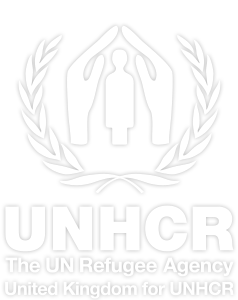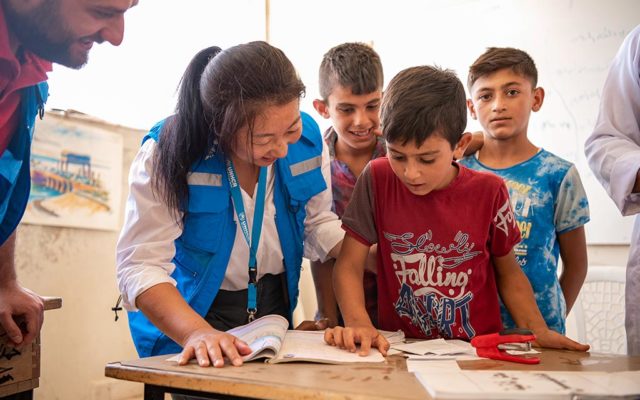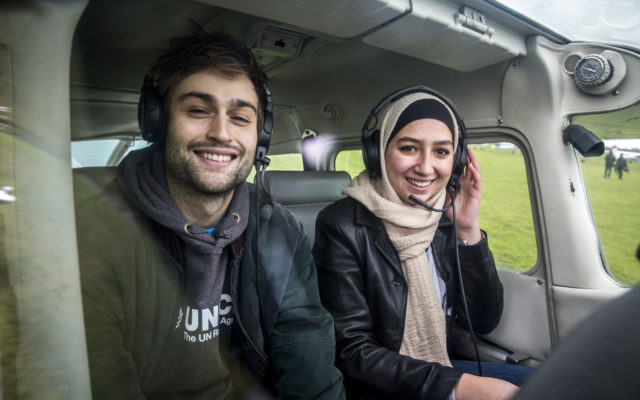Your five most common questions about Syria, answered
As the Syria crisis reaches its 10-year mark, millions of refugees face unprecedented hardship due to rising poverty, lack of opportunity and the impact of COVID-19.
© UNHCR / Hameed Maarouf
The Syrian crisis is about to enter its second decade, leaving many of us with questions around the status of the situation. We’ve collected some of the most commonly asked questions regarding the 10 long years of the Syria crisis:
Q: How many Syrians are displaced?
A: There are 6.6 million Syrian refugees and asylum seekers worldwide, in over 130 countries. The vast majority of registered Syrian refugees – over 5.5 million – live in Syria’s neighbouring countries or other countries in the region.
There are a further 6.7 million Syrians displaced within Syria’s borders.
Q: Where are most Syrian refugees living?
A: Turkey hosts the largest number of registered Syrian refugees – currently 3.7 million people.
Neighbouring countries like Lebanon and Jordan also host many Syrians, as well as Egypt. Most displaced Syrian families are scattered across urban areas, struggling to survive, although many others have now been living in refugee camps for several years.
Q: How has COVID-19 impacted Syrian refugees?
A: With the devastating impact of COVID-19, 2021 could prove to be the most difficult year for them so far. A lot of the past development and achievements to support refugees become self-reliant and facilitate their access to education, health and other services are at risk of being eroded.
The COVID-19 pandemic is further exacerbating the challenges facing refugees. Poverty is on the rise as many have lost their jobs. Food insecurity is a growing threat. Access to education and healthcare have decreased. Protection risks, especially for the most vulnerable like women, children and older people, are increasing.
Q: Have any refugees returned to Syria?
A: In 2019, almost 95,000 refugees decided to return to Syria of their own accord. While not a large number in absolute terms, it is significantly higher than in 2018 (around 55,000). These figures represent people returning which UNHCR has been able to monitor and confirm; the actual number may be higher.
From January 2016 up to December 2020 around 267,000 Syrian refugees returned to Syria from neighbouring countries, verified by UNHCR. To date, Aleppo and Dar’a stand out as the two main governorates of origin of refugee returnees in 2019, followed by Rural Damascus and Homs.
UNHCR’s latest surveys found that while over 75% of refugees hope to return to Syria one day, only 6% intend do so over the next year. However, no regional intention surveys have been undertaken since the outbreak of the COVID-19 pandemic.
Q: What about the children?
A: Almost half (or 45%) of Syrian refugees are under the age of 18.
Even before the COVID-19 pandemic, estimates were that over one–third of school-aged Syrian refugee children did not have access to education, and now the number of Syrian refugee children in school has declined.
At the end of 2020, only some 1,123,000 girls and boys aged between 5 and 17 years old were enrolled in formal education, while 117,000 girls and boys of the same age group were enrolled in non-formal education. These numbers are significant decrease from those of 2019 which recorded 1,229,000 and 236,000, respectively.
To find out more about the Syria emergency and to see how you can make a difference, please visit our Syria 10 page.




